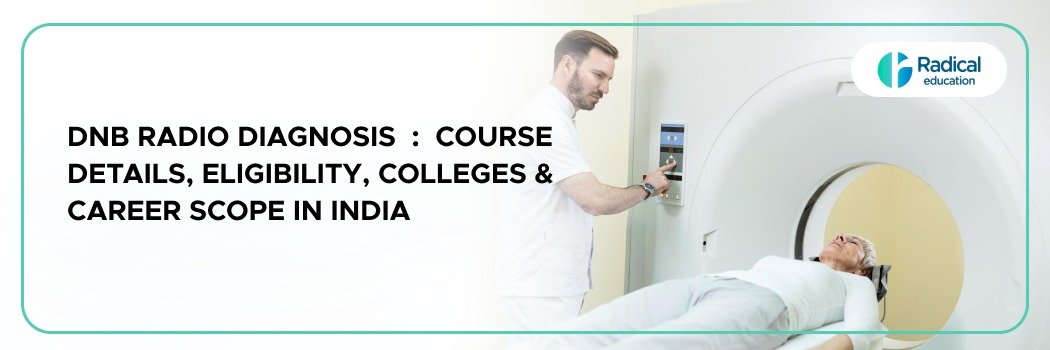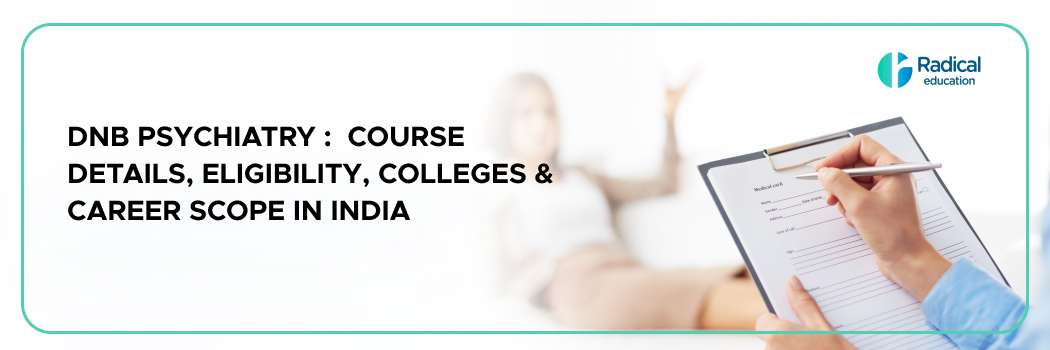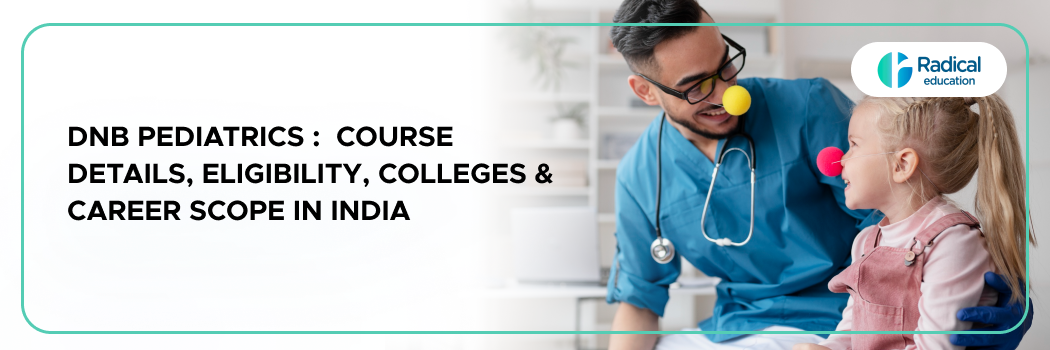

DNB Radio Diagnosis: Course Details, Eligibility, Colleges & Career Scope in India
Introduction
DNB Radio Diagnosis is a postgraduate medical specialization in diagnostic and interventional imaging, training doctors to use techniques like X-rays, CT scans, and MRIs to diagnose and treat diseases
- This program specializes in diagnostic imaging, including both conventional and modern techniques such as ultrasound, CT, and MRI.
- The course is typically 3 years long.
- It includes a combination of theoretical studies and practical, hands-on training, with a strong emphasis on interpreting images and performing imaging procedures.
- The curriculum covers a wide range of radiology sub-specialties, including neuroradiology, cardiovascular radiology, musculoskeletal radiology, and pediatric radiology.

Eligibility criteria
- A degree from an institution recognized by the National Medical Commission (NMC) is compulsory.
- Completion of a one-year compulsory rotating internship is required.
- A permanent or provisional registration certificate from the NMC or a State Medical Council is necessary.
- Qualifying for the NEET-PG is a prerequisite for admission.
Career prospects
Career opportunities for a DNB Radio Diagnosis graduate include positions in hospitals as a consultant radiologist, joining diagnostic centers, or working in academic institutions as a teacher.
- Can work as a consultant radiologist, which may include senior residency positions in government hospitals or consultant roles in private hospitals and hospital groups.
- Can join diagnostic centers, which are often on the lookout for radiologists with DNB qualifications to interpret various imaging modalities.
- Able to teach at training institutions or engage in research after completing the DNB program.
- Opportunities exist in tele-radiology, where you can work remotely by interpreting medical images for different locations.

Conclusion
In conclusion, it can be said that DNB Radio Diagnosis is a postgraduate medical course that trains doctors to understand and use different imaging techniques—like X-rays, CT scans, MRI, and ultrasounds—to find out what’s happening inside the human body. After completing this course, doctors become skilled in diagnosing diseases accurately and guiding treatment through medical imaging. It’s a vital branch of medicine that combines clinical knowledge with advanced technology to improve patient care.

FAQs
How long is the course?
It usually takes 3 years to complete.
Who can apply?
Doctors who have completed MBBS and cleared the NEET-PG exam.
What does a radiologist do?
They look at medical images to find out what’s wrong inside the body and help other doctors treat patients.





